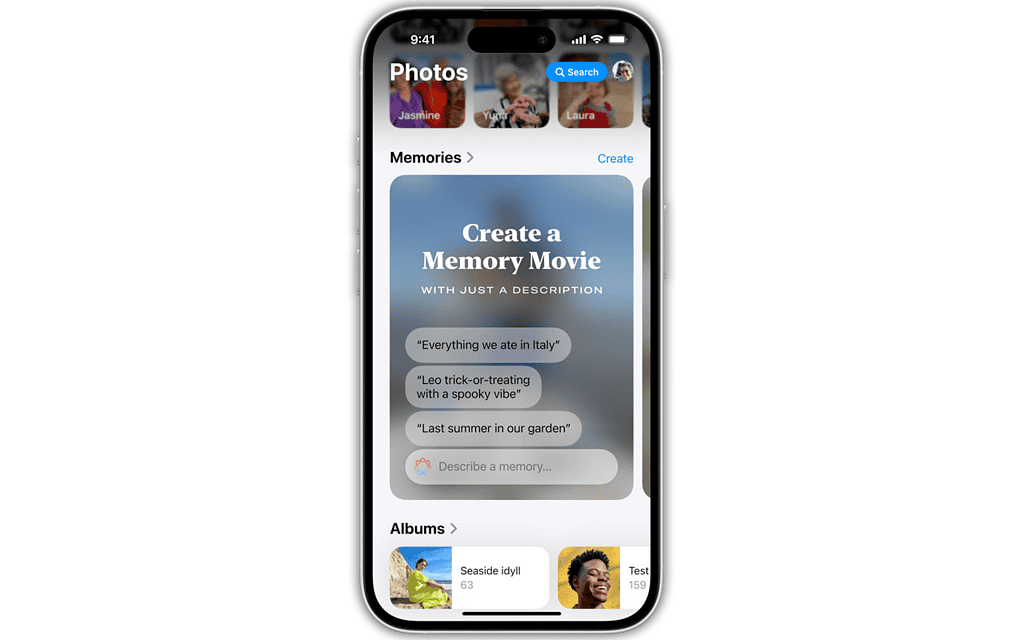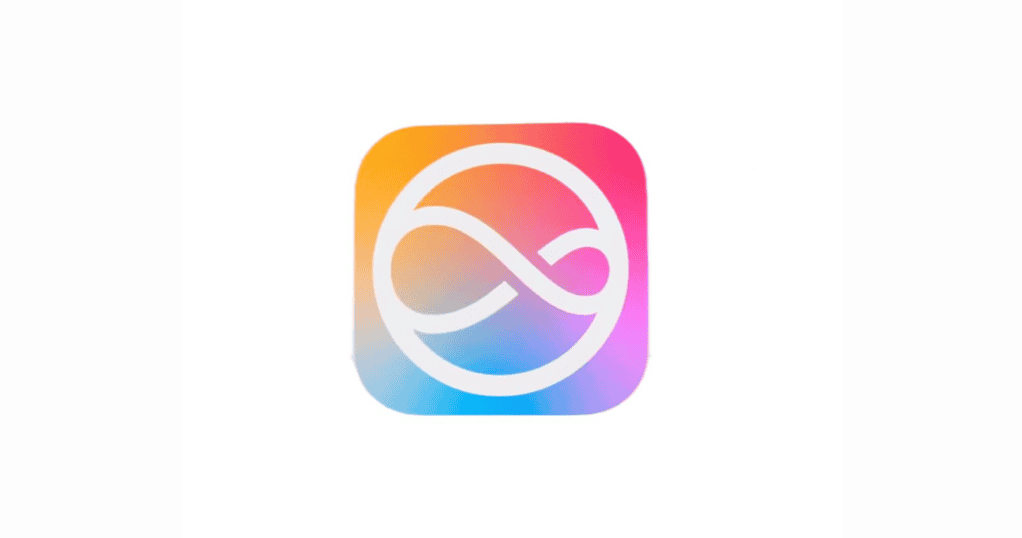Apple is known to arrive late to parties but arrives with style. A good example is how long it took for iPhones to get USB-C ports. When they finally did, however, all models came with DisplayPort video-out support, a feature that some Android flagships still lack. At the AI party, however, Apple’s strategy seems to be “arrive late, arrive messy, and only arrive partially.” This has trickled down to non-AI features, too, with many functionalities announced for macOS 15 Sequoia postponed to 2025.
Why Didn’t macOS 15 Sequoia Receive All Its Features Yet?
To be fair, it isn’t 100% Apple’s fault in every case. Regarding Apple Intelligence’s geographic restrictions, for example, tighter regulations are what’s holding the release of features in China and the EU.
In other cases, Apple is indeed to blame, but the issue is not limited to macOS. Most Apple Intelligence features are released at the same time for all compatible devices.
When features like Genmoji or ChatGPT-enhanced Siri are released for iOS 18.2, they are also available on macOS 15.2. So, some features were pushed to 2025 on macOS because they were also deferred on iOS, iPadOS, and so on.
macOS 15 Sequoia Features Postponed to 2025
Now that the “why” is covered, let’s move to the “what”. The list below gives you an idea of what you should expect, well, to keep expecting.
1. Memory Movies

I decided to start the list with this feature for a good reason: other devices already have it. Apple, as usual, didn’t say why, but iPhones and iPads have the Memory Movies feature in Photos, while Macs don’t.
Memory Movies receives prompts like any other AI-based tool, and creates videos based on these commands. It uses your own photos and videos as source material, with optional soundtrack. Nothing that a Mac would break a sweat over. Why is it still unavailable on macOS, then?
2. Languages for Apple Intelligence Other Than English
Moving on to features still lacking across the company’s entire portfolio, Apple Intelligence will remain English-only for a while. Localized English support for some countries is expected to drop with macOS 15.2, iOS 18.2, and so on, but that’s it. No other languages until 2025.
3. Control Robot Vacuum Cleaners
This one is also unavailable across Apple’s whole product line. The Home app simply isn’t compatible with robot vacuum cleaners yet.
4. Siri 2.0

While ChatGPT did give a much-needed boost to Siri’s AI capabilities, it is still behind the competition. This is expected to change with the introduction of Siri 2.0 in 2025, which is anticipated to be a complete overhaul of the virtual assistant.
5. Apple Intelligence for EU and China
Wrapping up with Apple Intelligence, it should reach the European Union and China at some point during 2025. Since the issue here is about local regulations, this development shouldn’t be tied to a specific OS update. In the EU, Apple is reportedly closer to launch after meeting the legal requirements. In China, however, it depends on Cupertino being able to partner with a local company to operate the AI backbone.
6. New Emojis
While the Unicode Consortium, a global entity that standardizes emojis, is discussing next year’s additions, Apple hasn’t adopted 2024’s emojis. Unicode 16, which includes eight new pictograms, was finalized in September.
It’s still unknown if Apple will add these emojis to macOS 15.2, which have just made RC stage. There is a significant chance that the new symbols will only be released in 2025.

It’s a common saying that a year in tech terms feels like a decade. If you purchased, say, a car, a backpack, or a wardrobe in 2018, they may look worn but still work. If you compare a Mac from six years ago with a 2024 model, however, they’re ages apart. Apple isn’t doing itself any favors by failing, at the bare minimum, to release already announced features for its products.
